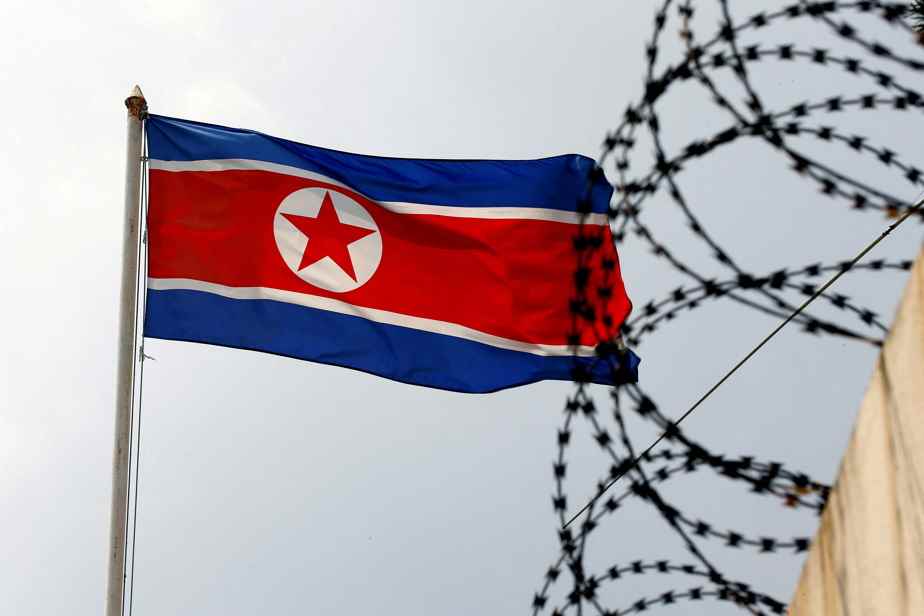(SEOUL) North Korea launched eight ballistic missiles into the waters off its eastern coast on Sunday, the day after three days of joint military exercises by the American and South Korean armies.
Updated yesterday at 10:35 p.m.
“Our military detected the launch of eight short-range ballistic missiles from the Sunan sector in Pyongyang towards the East Sea,” the South Korean general staff said, referring to the South Korean Sea. Japan.
These launches took place within a 30-minute time frame, he said.
“Our soldiers have increased their surveillance and vigilance in anticipation of new launches. South Korea and the United States cooperate closely and are fully prepared,” he added.
This new firing comes after three days of large-scale exercises by the American and South Korean armies, with the participation of the USS Ronald Reagan, a 100,000-ton nuclear-powered aircraft carrier.
These were the first joint maneuvers between the two countries since the inauguration in early May of new South Korean President Yoon Suk-yeol, who promised a tougher policy towards Pyongyang, and the first involving a door -planes since November 2017.
North Korea has long protested against such exercises, which it considers a dress rehearsal for an invasion.
“The exercise reinforced both countries’ resolve to respond with severity to any North Korean provocation, while demonstrating the United States’ commitment to providing widespread deterrence,” the South Korean military said in a statement. .
Response
According to Go Myong-hyun, a researcher at the Asan Institute of Policy Studies, the unusually high number of missiles launched at once by North Korea looks very much like a response to these exercises.
“It seems that they launched eight missiles because in their eyes the scale of joint maneuvers has increased,” he told AFP.
Last month, during a summit in Seoul with Mr. Yoon, US President Joe Biden assured that Washington would deploy “strategic means” if necessary to deter North Korea.
A few hours after Mr. Biden’s departure from the region, the Kim Jong-un regime had carried out the test firing of three missiles, including a Hwasong-17, presented as its most powerful intercontinental ballistic missile.
Seoul and Washington have been warning for weeks that Pyongyang could soon carry out a seventh nuclear test, which would be its first since 2017.
North Korea, hit by a strong COVID-19 epidemic wave, has resumed construction of a long-dormant nuclear reactor, new satellite images show.
According to the South Korean presidency, Pyongyang conducted tests of a detonation device in preparation for this test.
Kim Jong-un had ceased nuclear and long-range missile testing when he attempted talks with then-US President Donald Trump, but talks broke down in 2019.
North Korea partially broke this self-imposed moratorium by firing an intercontinental missile (ICBM) at the end of March.
Analysts believe that Kim Jong-un may be accelerating his nuclear test plans to divert attention from the North Korean population affected by the coronavirus.
The country reached on Saturday, according to official figures, the bar of 4 million cases for a population of 25 million inhabitants.
